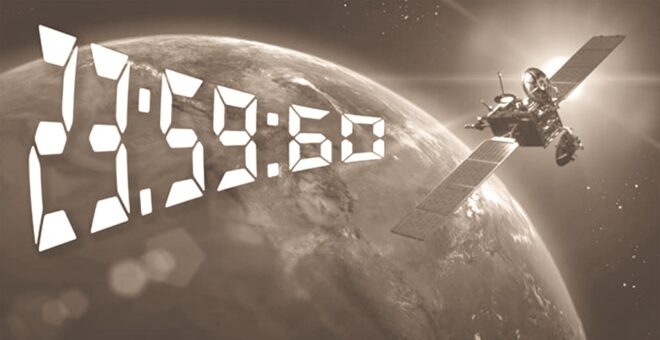
Questions:
- Does the KosherJava Zmanim API account for leap seconds?
- Did the magnitude 9.0-9.1 Tōhoku earthquake in Japan that changed the wobble of the earth impact zmanim calculations?
Answers:
- Yes
- Yes, but infinitesimally
Before delving into the answer, I would like to note that zmanim accuracy / precision down to the second that are supported by the API are really nonsense, because variations in refraction make this accuracy pointless. The second (or millisecond) zmanim accuracy / precision subject will hopefully have its own article in the future.
Since 1972, 27 leap seconds have been added to UTC time VS International Atomic Time (TAI). This is in addition to the initial 10 seconds added in 1972 to reflect pre-1972 corrections. The reason for adding leap seconds is to correct our clocks for incorrect original estimates of the speed of earth’s rotation. Assuming that you keep your clock time correct (and add the leap seconds), no change in any zmanim calculations by either the KosherJava zmanim library, or any other zmanim programs or APIs are needed. However, if you have a very accurate clock, and did not change it since 1972, your zmanim calculations will be off by 37 seconds. This is not something any zmanim APIs, apps or programs should have to deal with. Had we added any corrections for leap seconds, your zmanim calculations would be inaccurate.
As far as the Tōhoku earthquake in Japan, this is really the same question as the first question. Yes, that earthquake slowed down earth’s rotation by 1.8 microseconds or 1.8 millionth of a second (meaningless for zmanim). This as well as the impact of other earthquakes that impact earth’s rotation are factored into the leap second calculations that “correct” the time of our clocks and ensure that your zmanim are correct.
Technical Details
The leap second corrections address incorrect clock time that result from a slower earth rotation than expected. To get a drop more technical (thank you Pinny Markowitz), when the rate or the angle of rotation changes (due to earthquakes or other natural or man-made changes such as building of the Three Gorges Dam), the changes are minuscule. These small changes as well as the original incorrect calculation of the length of the day add up over time. On occasion (about every 2 years) the accumulated difference is significant enough to warrant introducing (or theoretically removing, something that has yet to happen) a leap second to reconcile our clocks with the natural one. On any given day, UTC time always considers 86,400 (60 * 60 * 24) seconds as a day. On the day with a leap second, UTC time still considers the day as having only 86,400 seconds, but a second is added to account for each of the seconds over a year or more being a drop too short. There are various ways of making system clocks conform with the UTC standard, but the net effect is always the same, an extra second is added. UTC doesn’t view a second the same way that the atomic clocks (International Atomic Time) do. UTC views a second as 1/86,400 of a relative day (that is actually 86,400.002 seconds long on average), while, atomic clocks count a day as 86,400 fixed length seconds. Fortunately, the approach of adding leap seconds is exactly what we need when calculating zmanim. By ignoring leap second events in zmanim code, and instead focusing on the measurements of a relative day, we can yield calculations that will be correct in the context of a relative day (assuming that you properly adjust your clock).